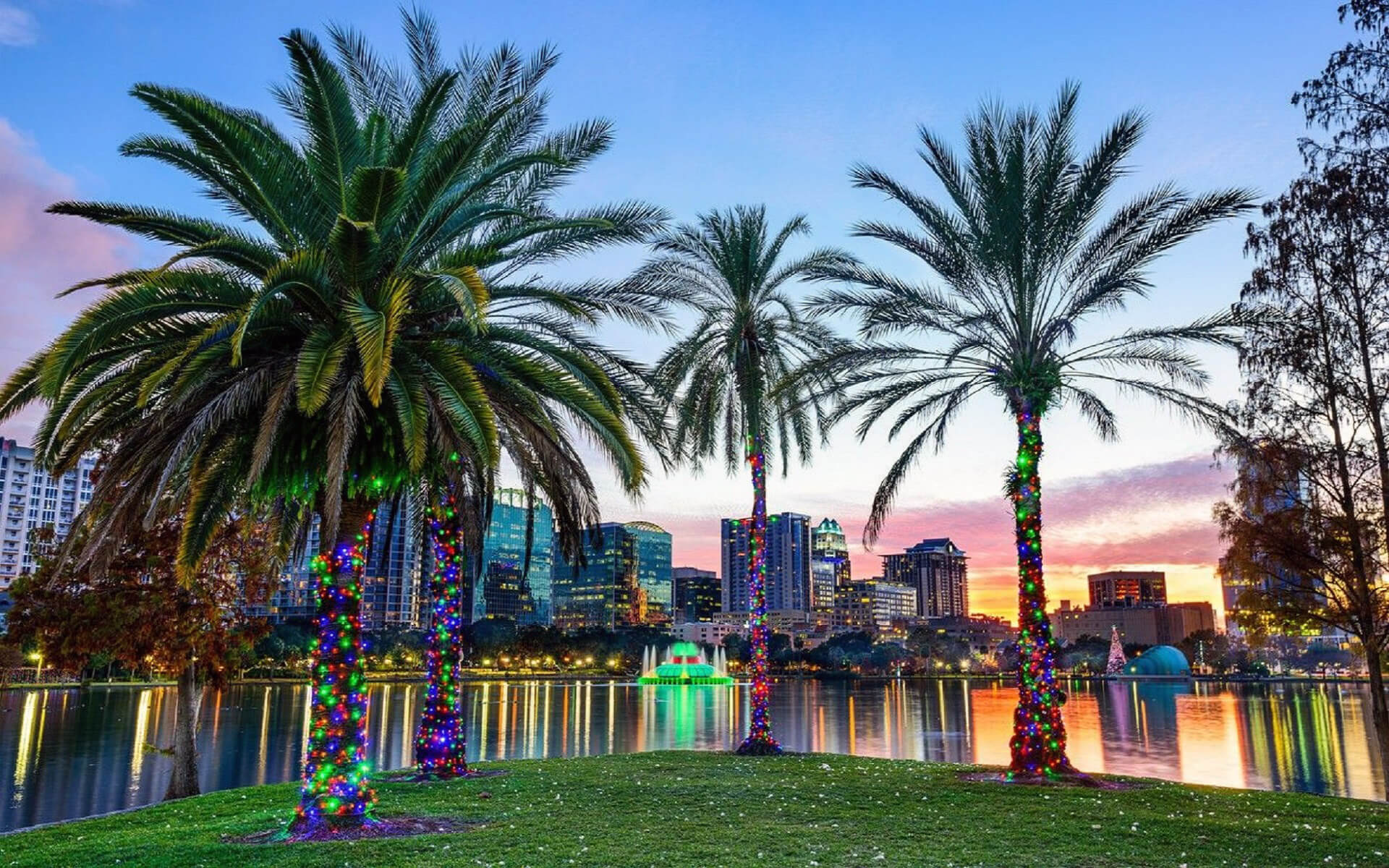Orlando is the county seat of Orange County in the United States of America. It is located in Central Florida and serves as the hub of the Orlando metropolitan area, which has a population of 2,387,138 people as of March 2016, making it the 24th biggest metropolitan area in the United States, the sixth largest in the Southern United States, and the third largest in Florida. Orlando has an estimated city-proper population of 262,372 people as of July 1, 2014, making it the 73rd biggest city in the United States, the fourth largest in Florida, and the state’s largest inland city.
Orlando is called “The City Beautiful,” and the fountain at Lake Eola serves as the city’s icon. Orlando is also renowned as “The Theme Park Capital of the World,” with over 62 million visitors in 2014 to its tourism attractions and events. Orlando International Airport (MCO) is the United States’ thirteenth busiest airport and the world’s 29th busiest airport. Orlando’s mayor is Buddy Dyer.
Orlando’s notable attractions are the backbone of its tourism sector as one of the world’s leading tourist destinations: The Walt Disney Company established Walt Disney World in 1971 near Bay Lake, about 21 miles (34 kilometers) southwest of Downtown Orlando; the Universal Orlando Resort opened in 1999 as a significant extension of Universal Studios Florida; SeaWorld; Gatorland; and Wet ‘n Wild. Apart from Walt Disney World, the most of the main attractions are situated along International Drive. The city is also one of the busiest in the United States for conferences and conventions, with the Orange County Convention Center being the second-largest in the country.
Orlando, like other Sun Belt cities, flourished fast throughout the 1980s and into the first decade of the twenty-first century. Orlando is home to the University of Central Florida, the nation’s second-largest university campus by enrolment in 2012. In 2010, the World Cities Study Group classified Orlando as a “Gamma” category world metropolis. According to a 2009 Pew Research Center research, Orlando is the fourth most popular American city in terms of where people wish to reside.


